
Landscape charity looking for a new leader
Cornwall National Landscape Trust are looking for a new Chairperson to lead the charity which supports the protected landscape in Cornwall. The Trust are looking for a Chair that possesses...
James Richards
“This project pilot secures through practical inputs, soil carbon baselining and pollinator monitoring, using the BEE Steward reporting, data we can use to help secure future funding for additional delivery.”
Diversifying land in rotation away from monocultures and species-poor permanent pasture to species-rich swards. Increasing diversity of nesting habitat, forage, and improving carbon capture.
Develop the funding opportunities to initiate and deliver the practical actions on farms identified in the Landscape Management Framework.



The aim of this project is to provide a showcase of practical and demonstrable data to allow Cornwall AONB to apply for further funding to continue full delivery of the Landscape Management Framework.
20 acres of Herbals Leys sown onto four farms in the project area with soil carbon reports to demonstrate sequestration in different field types.
Educational workshop for farmers on regenerative farming approaches with a trusted expert allowing peer to peer learning.
External funding application(s) based on data collected to deliver the Landscape Management Framework for Section 08 Cornwall AONB.
Area of change in management from ryegrass pasture to long term, multi-species leys (min 8 species) or permanent species-rich pasture.
Area of arable land in positive management: ie undersown with cover crop and creating connectivity with semi-natural habitats.
Diversification of areas where multiple benefits can be delivered: eg areas of steeper land at higher risk of soil erosion.
Promotion of genetic diversity through the use of locally collected wildflower seed and plugs.
Identification and remediation of areas of species-poor and compacted permanent pastures leading to increased biodiversity
Increased education in farming community and local community with increased access to nature.


This project supports the vision for the Lizard to conserve and enhance a beautiful, mixed farming landscape rich in wildlife, with benefits to climate and supporting sustainable farm businesses integrated with a thriving local community.
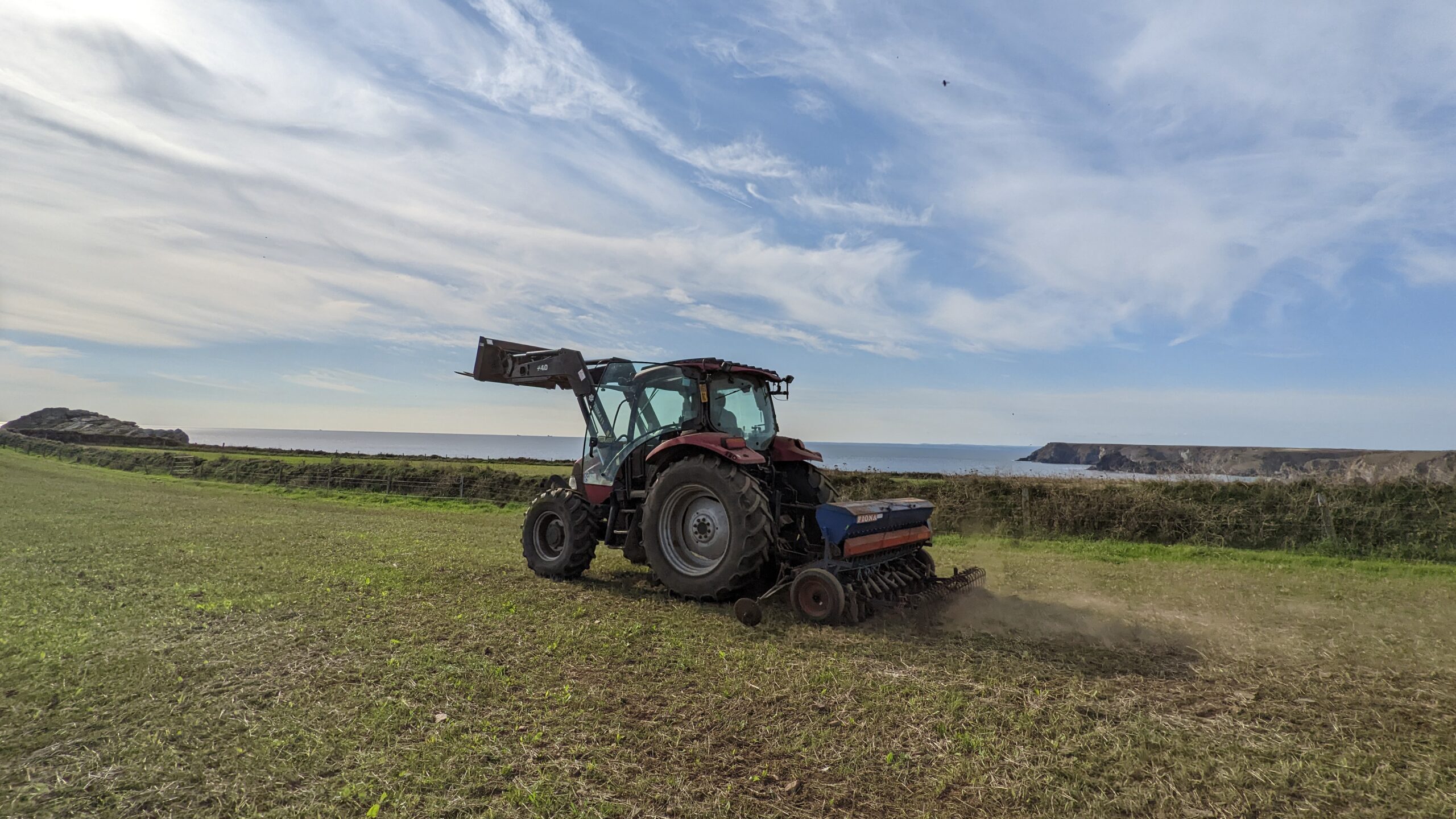

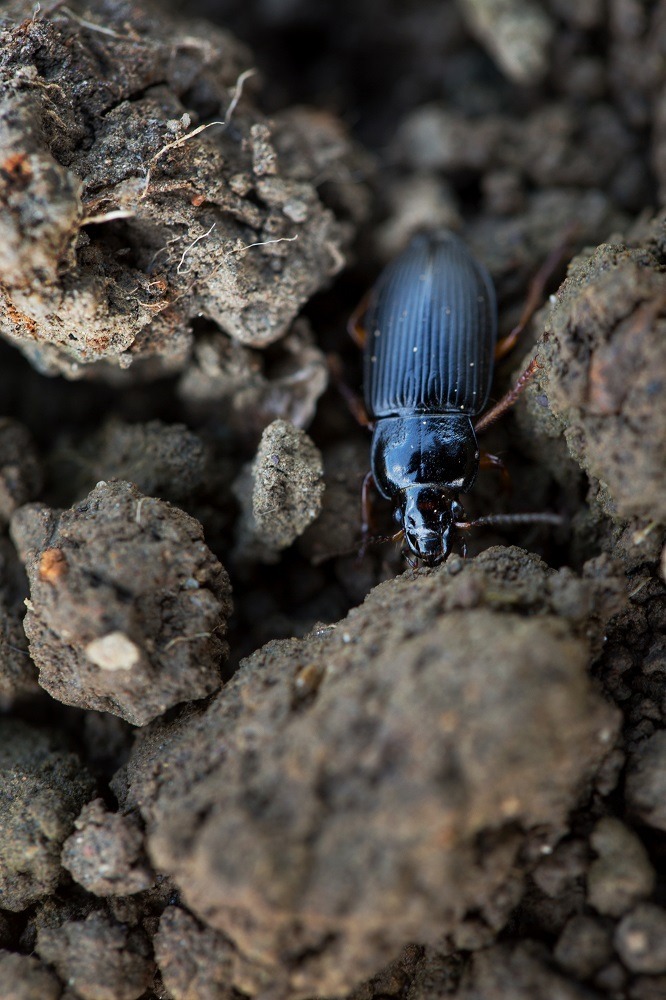
Our family farms produce high-quality food in innovative ways that build back nature, create resilience to climate change, and deliver clean water into our estuary and sea.
We have trialled the input of herbal leys on four farms. Each farmer has chosen the best herbal ley mix to suit their land and documented how they have sown; from direct to min-till. On each of these farms we have commissioned Farm Carbon Toolkit to measure the soil carbon in three situations; newly-sown herbal ley, established herbal ley and species-poor permanent pasture to give us, and the farmers, an insight into the sequestration ability of a herbal ley. Farmers can use this data to inform their own Countryside Stewardship or Sustainable Farming Incentive applications and it provides us with useful evidential data for future funding applications.
We worked with Dr Grace Twiston-Davies, University of Exeter, to apply the BEE Steward programme to the field parcels where the newly established herbal leys have been sown. The BEE Steward programme uses the Bumblebee as a proxy indicator species for pollinators and demonstrates the impact of diversification for invertebrates.
We also worked with Farm Carbon Toolkit to assess soil health and carbon across four farms in the project. This provided valuable understanding of the current status of the soil in permanent pastures, and established herbal ley (2-3 years old) and a new herbal ley a series.
Sharing learning and knowledge has been at the forefront of this project and as such we have created a regenerative farming film with David Wilson and hosted events with Young Farmers and the farming community.
This data will be collected and used to apply for further funding to begin delivery of the full Landscape Management Framework for the Lizard, Section 08 Cornwall AONB.

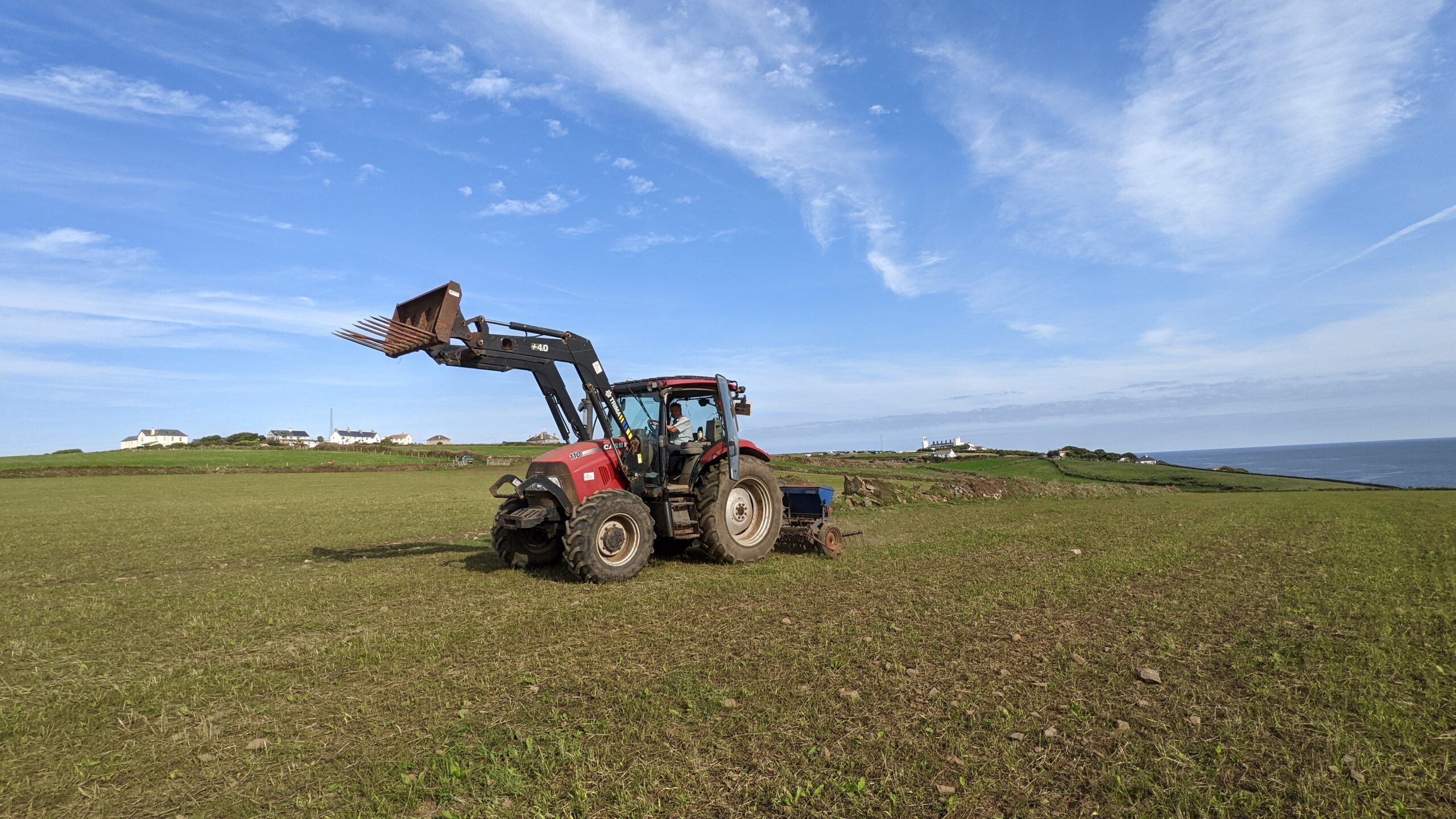
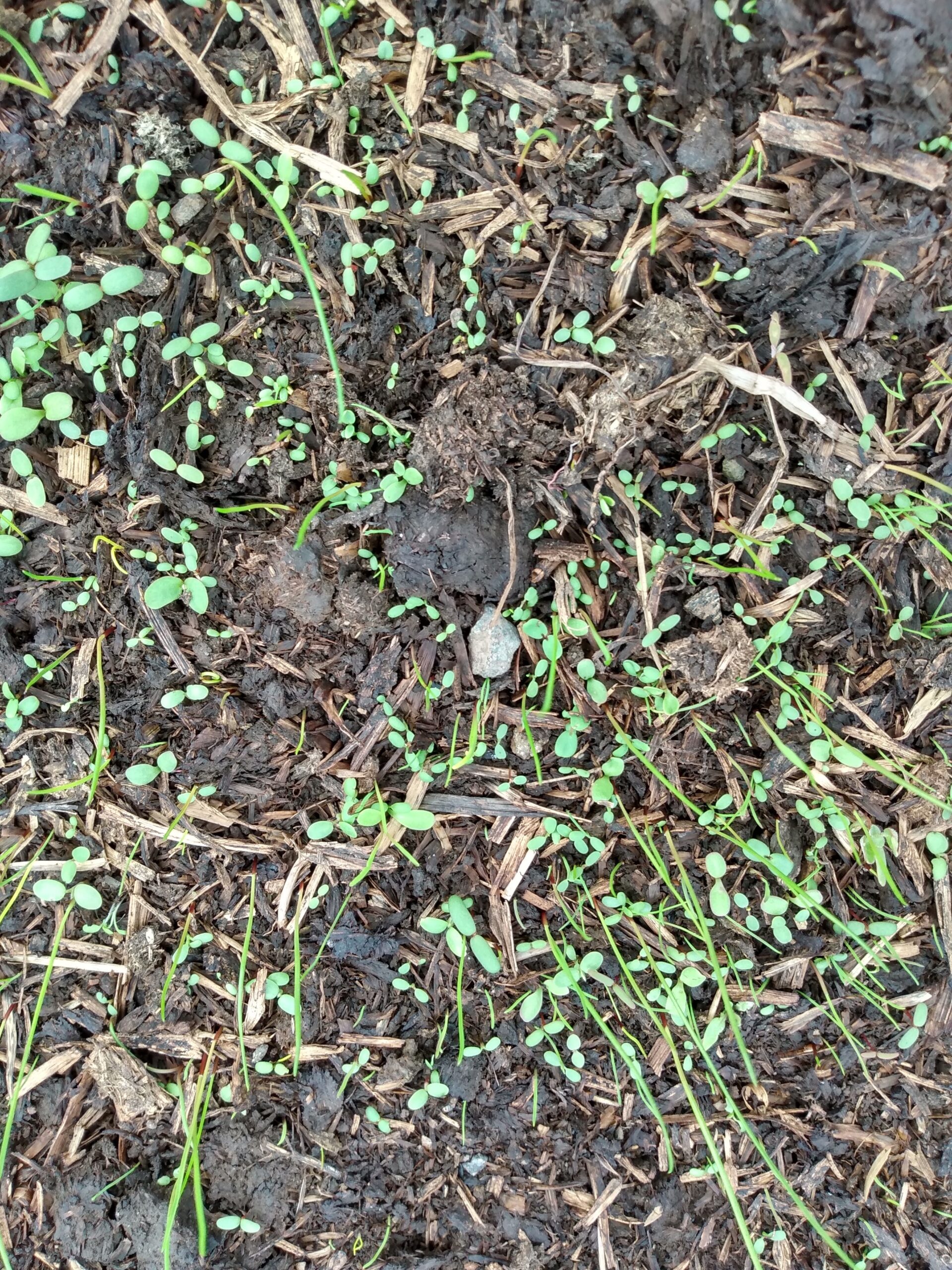
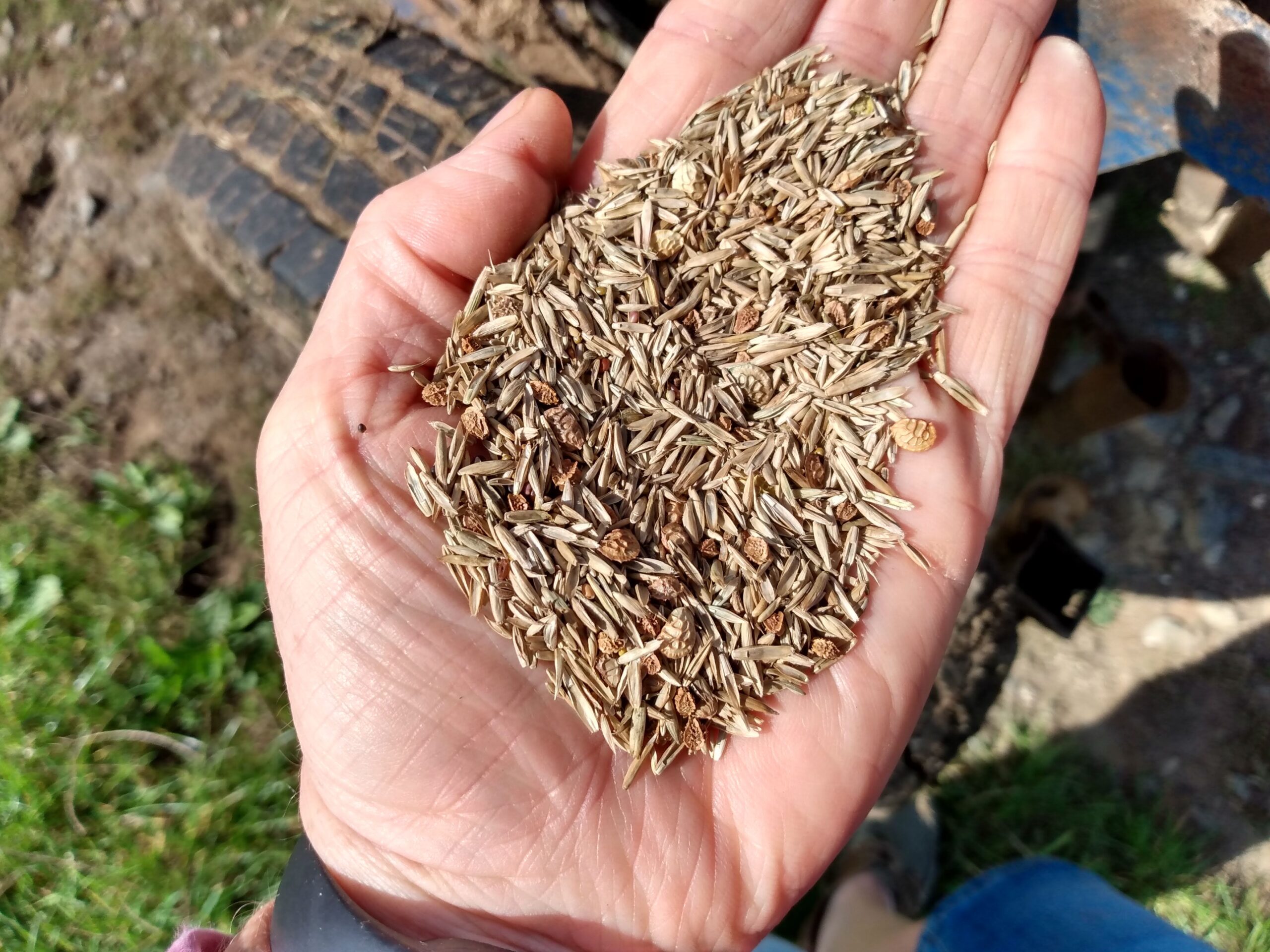





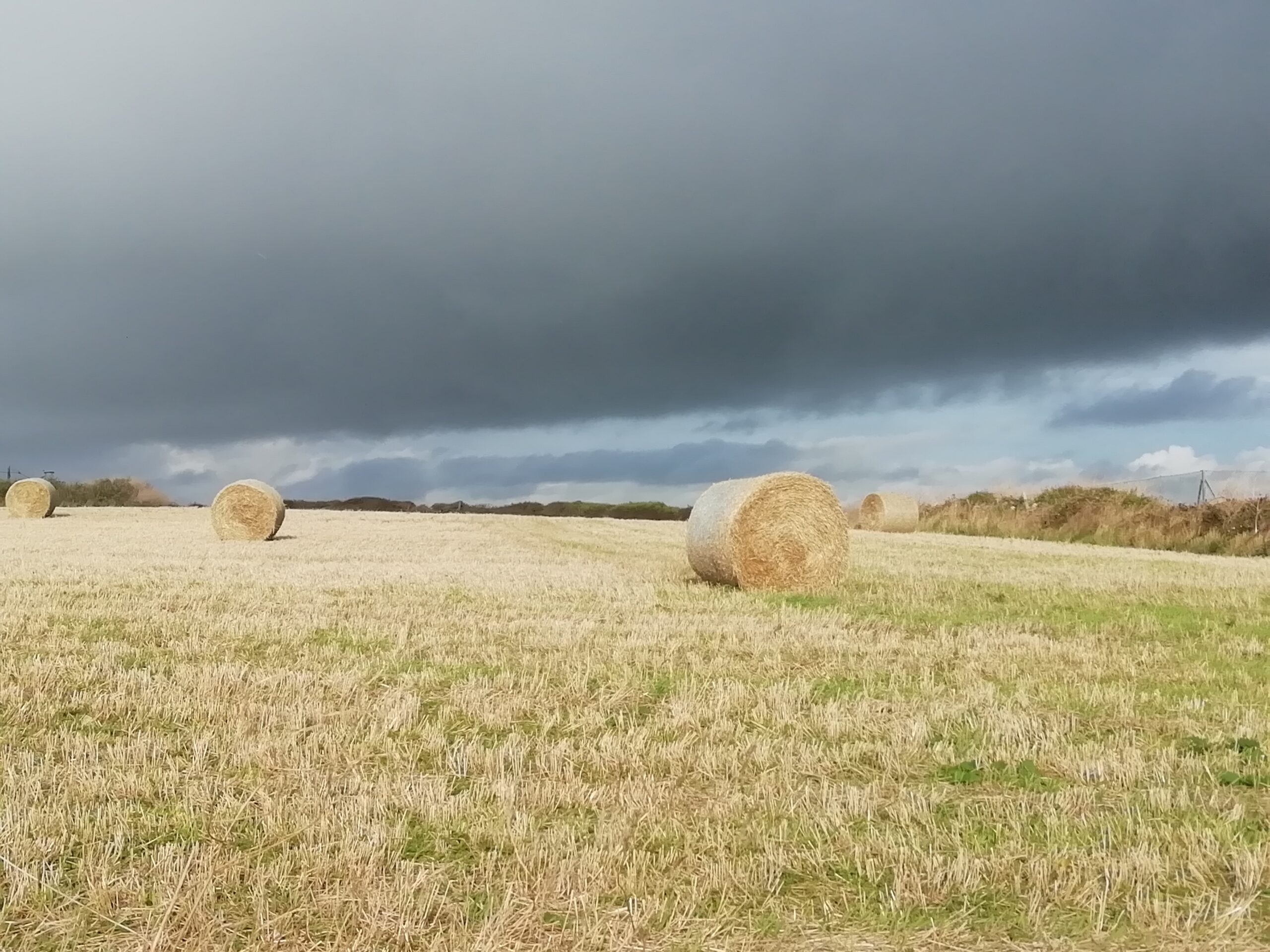
Seedcorn funding has allowed Cornwall AONB to produce an application for further funding to deliver the practical outputs of the Landscape Management Frame, co-designed with the Lizard Farmer Group in a previous project; Farming for the Nation Test Trial. Alongside this specific application we have a master project logic to enable further development and future funding.
We worked with Farm Carbon Toolkit to understand the current status of the soil in permanent pastures, established herbal ley (2-3 years old) and a new herbal ley. Soil health was higher in the new and established herbal leys. Early indications suggest that soil organic matter is higher between 10 and 30cm soil depth in herbal leys.
For areas where improved pasture and white clover leys were converted to species-rich herbal leys, BEE-STEWARD predicted that the increase in forage availability through the summer to early autumn months resulted in bumblebee colonies, (as PROXY) significantly increasing by 80% on average in the last three years of the five-year simulations.
“With thanks to Natural England Seedcorn Fund, the Lizard Farm for Nature project is ready to progress into the next stage of delivery.”
